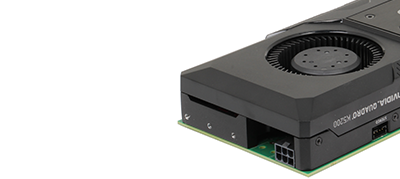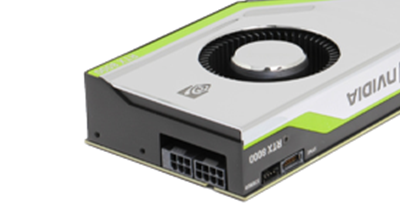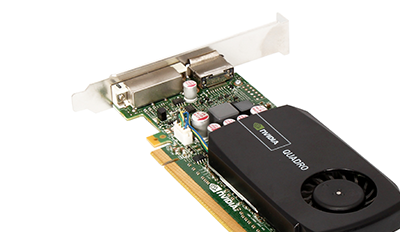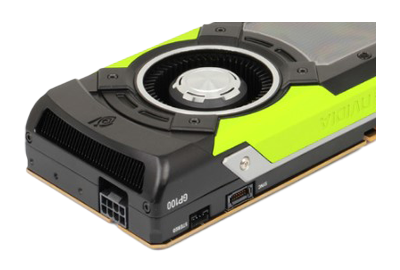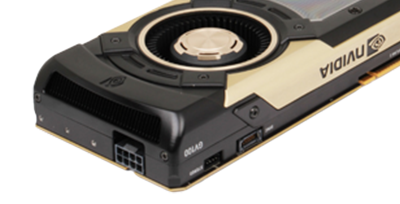NVIDIA Quadro K5000 GPU
Part Number: K5000
NVIDIA’s Quadro K5000 graphics card is built on a 28nm process leveraging advanced Kepler architecture. Compared to its predecessor, the Quadro 5000, it has many features to make professional workloads run smoothly, not so much for gaming. The dual-slot card supports 3,540 million transistors and up to 4GB of GDDR5 memory which can power up to 16 displays when using multiple GPUs and Quadro Sync.
Description
The Quadro GPUs are aimed at advanced workstation graphics and multi-device displays with high resolutions. Although the K5000 looks similar to the Quadro 5000, there are many new upgrades that improve its performance.
Performance
Offering up to 2 TFLOPS, 90 GFLOPS, and 32 ROPs, the Quadro K5000 has better performance than previous generation GPUs. It supports 3,540 million transistors on a 28nm manufacturing process, all while drawing maximum of 122W of power. The NVIDIA Quadro K5000’s power is unlocked with a generous amount of CUDA cores, which help support the jump from 352 shading units on the Quadro 5000, to 1,536 shading units on the Quadro K5000.
Memory
The Quadro K5000 features the newer, more energy efficient Kepler architecture. Kepler is designed to meet the needs of professionals with support for 3D graphics and other features like Quadro Sync, Quadro Mosaic, and GPUDirect for image synchronization and resolution scaling. The K5000 graphics processing unit uses up to 4GB of GDDR5 memory, almost doubling the 2.5GB memory on the Quadro 5000. The dual-slot graphics card also operates on a 256-bit memory interface and runs at 1350 MHz with a 173GB/s bandwidth.
Features
Kepler architecture on the NVIDIA K5000 GPU has a higher computing density making it easier to handle big data. If needed, up to 16 displays can be powered with high resolutions when using 4 GPUs and NVIDIA’s Mosaic technology. The graphics card also has an effective heatsink fan larger than its predecessor. Other visible differences include an additional DVI connector on the Quadro K5000, making room for 2x DisplayPort connectors and 2x DVI connectors. With the newer K5000 you can use all four outputs simultaneously.

